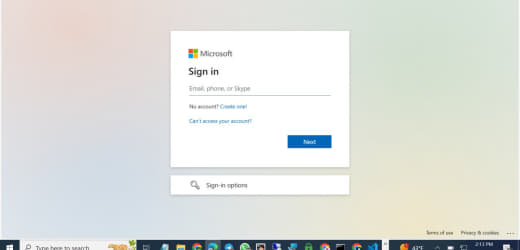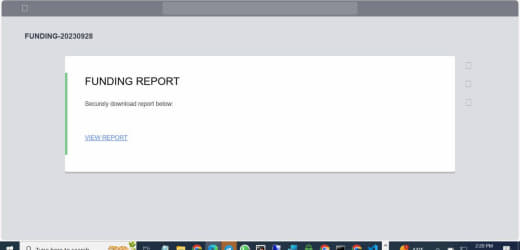BOUNCE RATE are more important than you think.
What are bounce rate?
Traditionally this means the percentage of visitors to a particular website who navigate away from the site after viewing only one page.
But within the content of spamming. When you send emails to email addresses that no longer exist or temporarily disabled these email servers detect a error message and keep count of your valid email and dead email addresses ratio.
They use this to identify if you are sending messages to people that didn’t subscribe to your emails.
If you have high bounce rate, it indicates you are unsure of your contacts and spamming.
This messes up your smtp.
puts a stain on your project signature.(makes it less likely to inbox)
If your smtp has a limit of 10k but after sending 2k emails your bounce rate is pass the threshold for your smtp provider then your 8k emails left have a less and less chance of inbox compared to the first 2k you sent.
The most damning impact of bounce rate is not your smtp but on you. Why? Because after a high bounce rate messes up your inbox status you’d start to doubt everything. And SWITCH A PERFECT SETUP for a setup that has other issues. Because you don’t know where the issue was coming from. This is a vicious cycle that can continue for long while the culprit is overlooked.
What’s your solution for this?
I’ll provide two.
First?
VALIDATE YOUR LEADS OG.
Get good leads.
get your leads validated either from us or whoever, just get it done.
Afterwards, you need to monitor your Bounce rate and reputation score.
Some Services Like Amazon SES, Spark post has a built-in reputation system that shows your Bounce Rate and User Interaction.
IN some cases you will be able to monitor bounces and user feedback through the mailing system like in MailWizz.
9. Monitor Reputation?
Having the right tools for checking the IP reputation is half way to success. Here are some tools and services you can use:
•
Senderscore.org by Return Path. The score ranks from 0 to 100, 100 being the best. It tells you how you’re performing. Typically it’s recommended that you maintain your sender score of 90 or better.
•
Senderbase.com by Cisco. It tells you how your reputation is across
all the network providers Cisco manages. The reputation score is grouped into Good, Neutral, and Poor.
•
Postmaster.live.com. Microsoft’s Smart Network Data Services give
you the information about the traffic originating from your IP address
such as the volume of sent emails, complaint rates, and spam trap
hits.
•
Postmaster.google.com. Gives access to your domain’s data on Google Search
Console.
•
Postmaster.aol.com. Check your IP reputation and rates it as “bad”, “neutral”, and “good”.
Hey guys, it’s spamming for a reason, when it pays its’s worth it. Don’t think for a second it’s always easy because spamming is a billion(s) dollar industry. And who are we up against? The email provider security with super IT security personnels. Shit is a constant battlefield.
Bounce rate is something you should watch out for.








